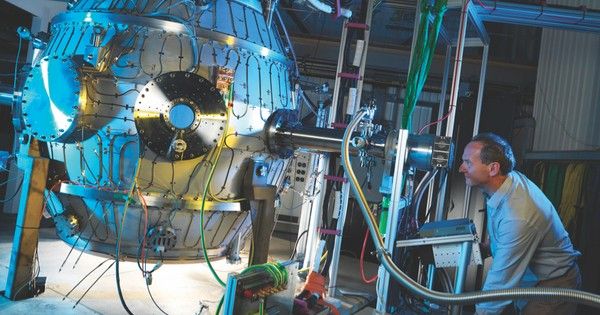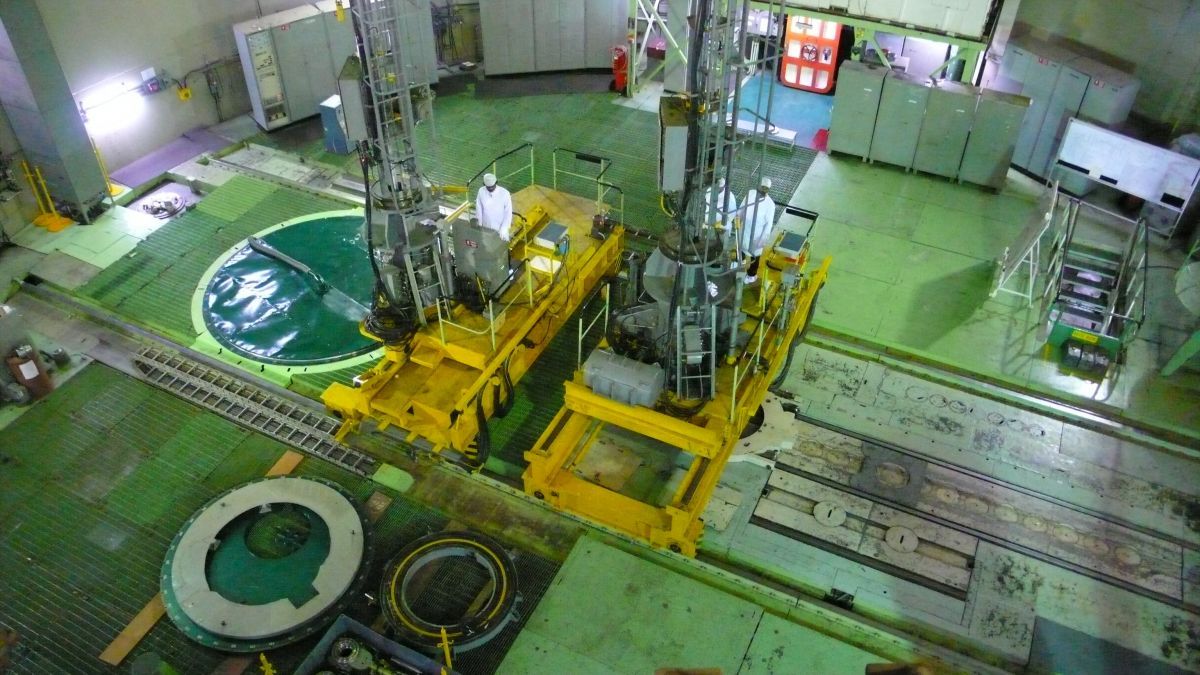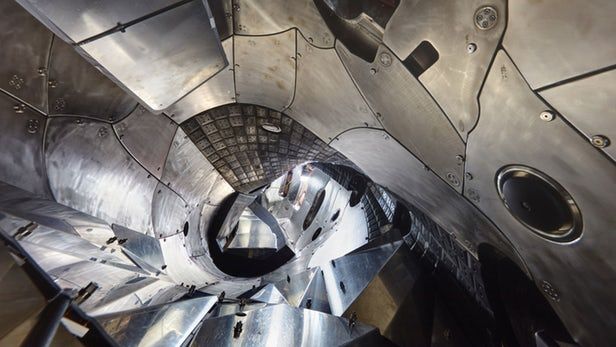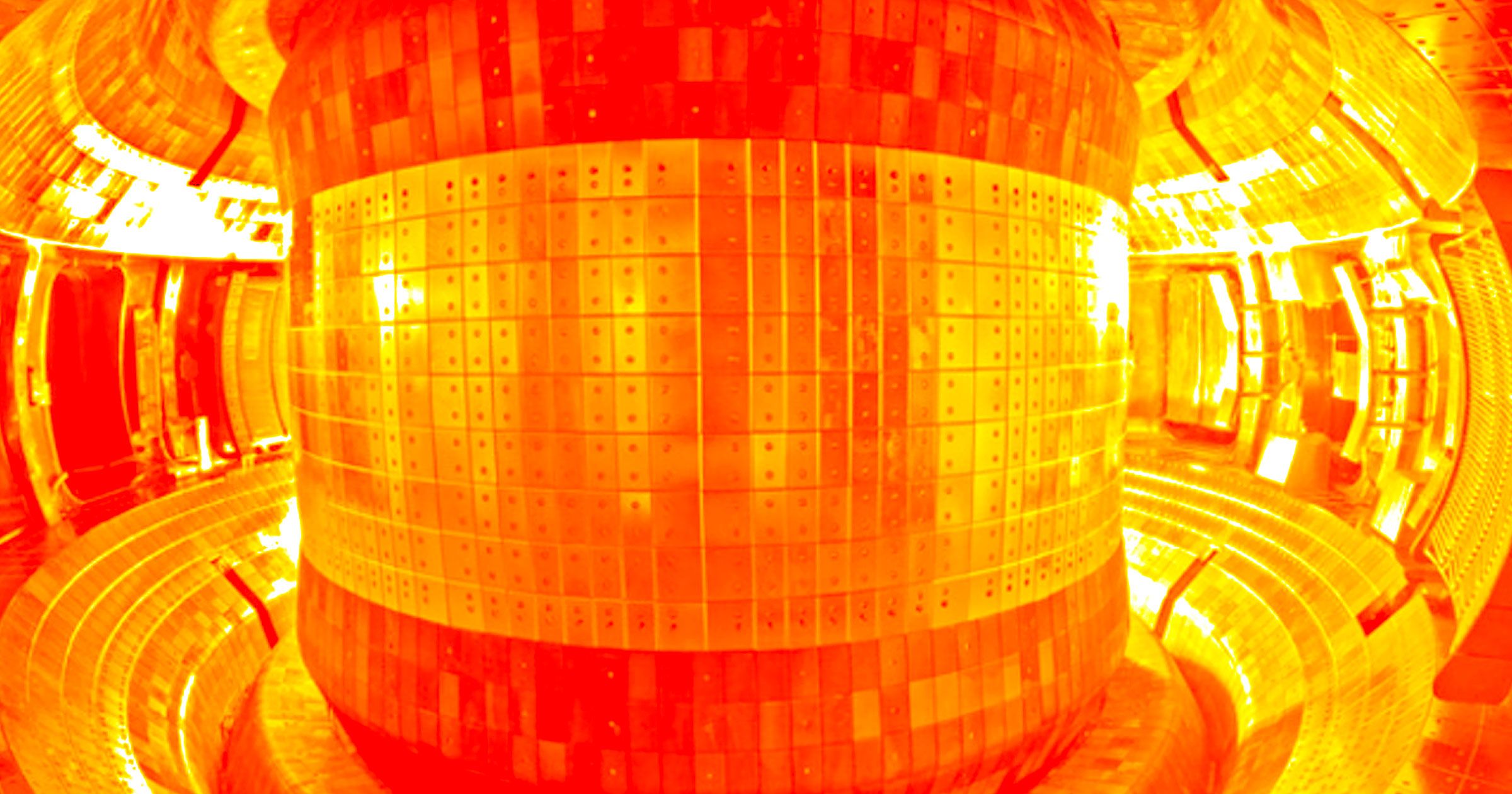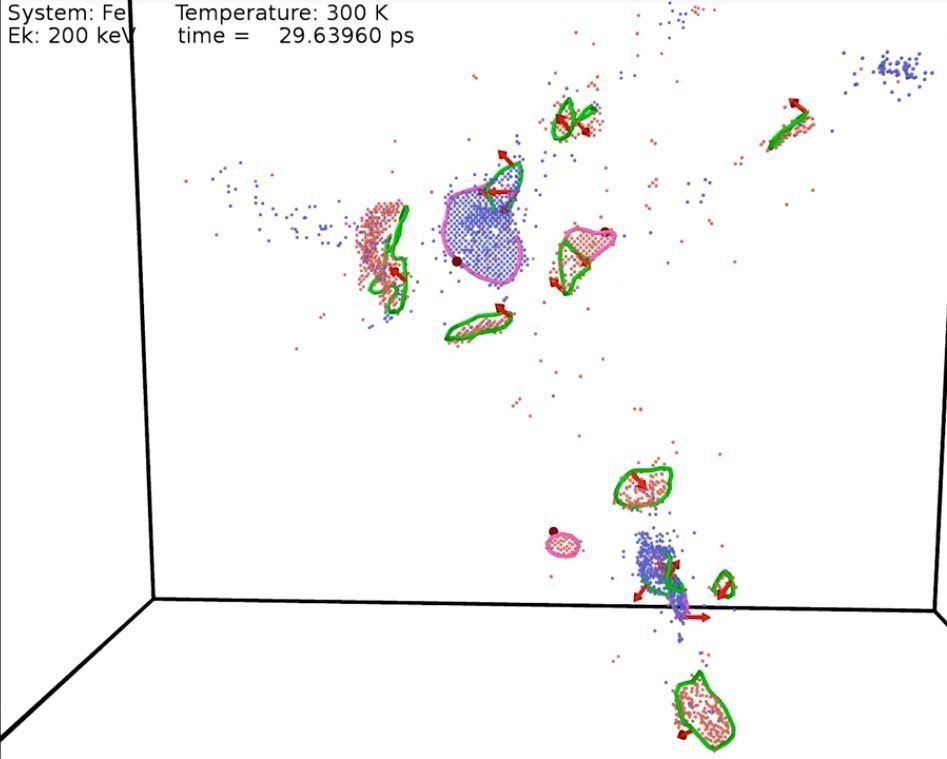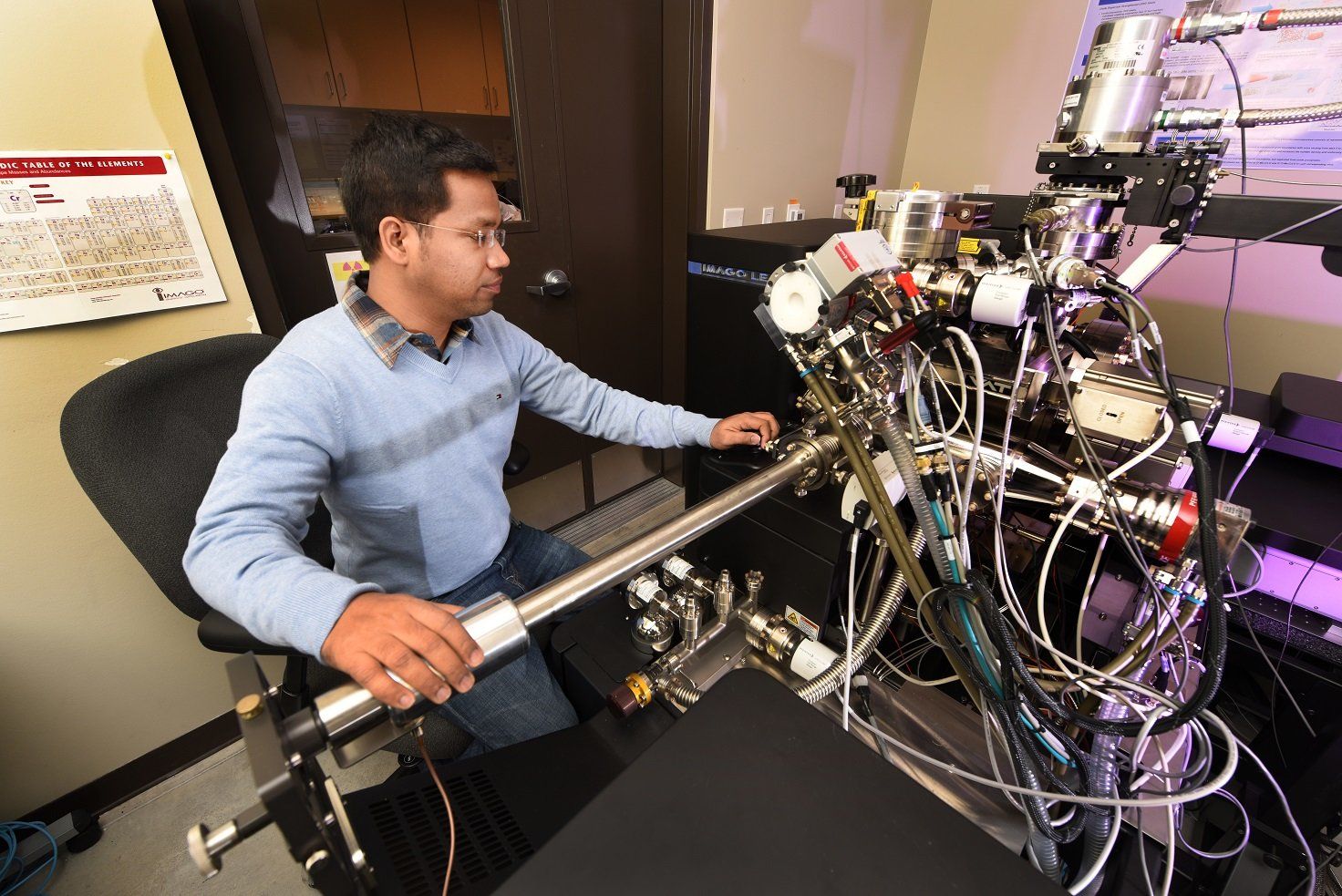Dec 29, 2018
New Calculations May Finally Make Fusion Energy a Reality
Posted by Genevieve Klien in category: nuclear energy
But despite all our advances, we’re not a whole lot closer to creating net-positive nuclear fusion. Put simply, that’s because these machines just take so much energy to generate plasma.
In fact, Wendelstein 7-X isn’t even intended to generate usable amounts of energy, ever. It’s just a proof of concept.
But for years, Hora and her team have been working on alternative designs. And in this study, they tested them out experimentally as well as through simulations.



